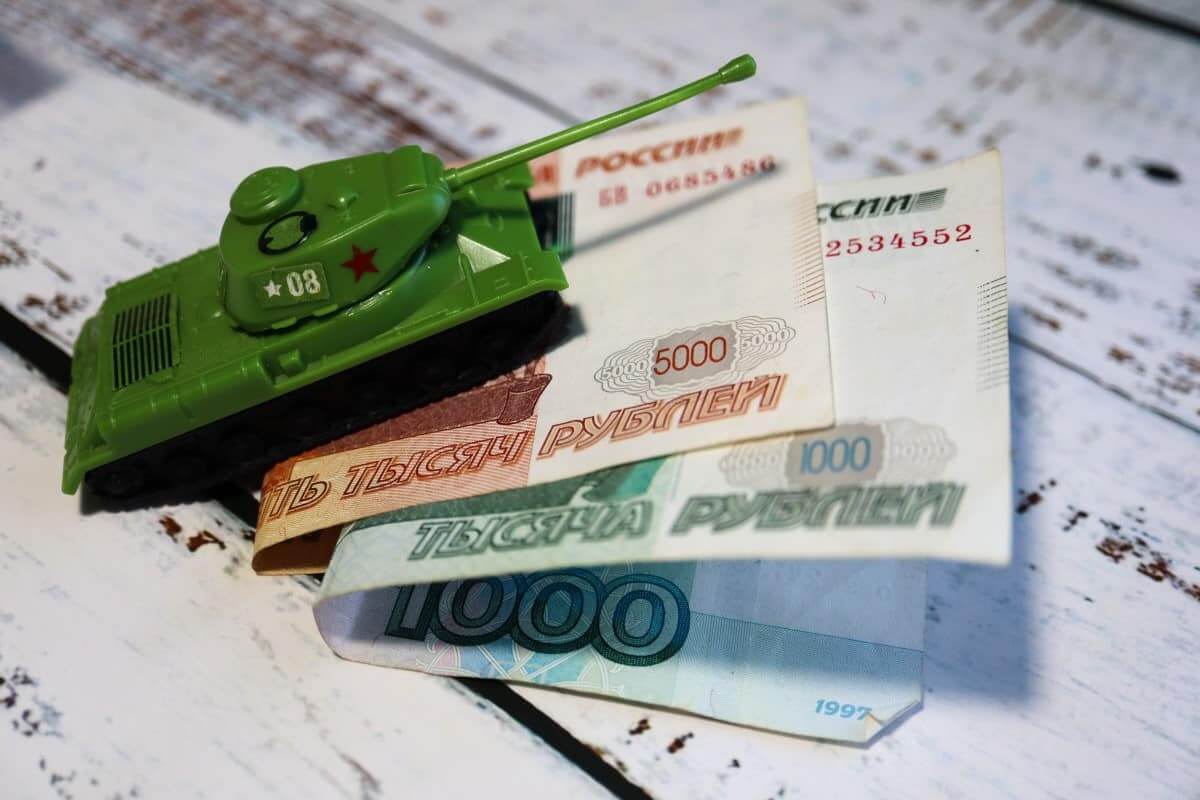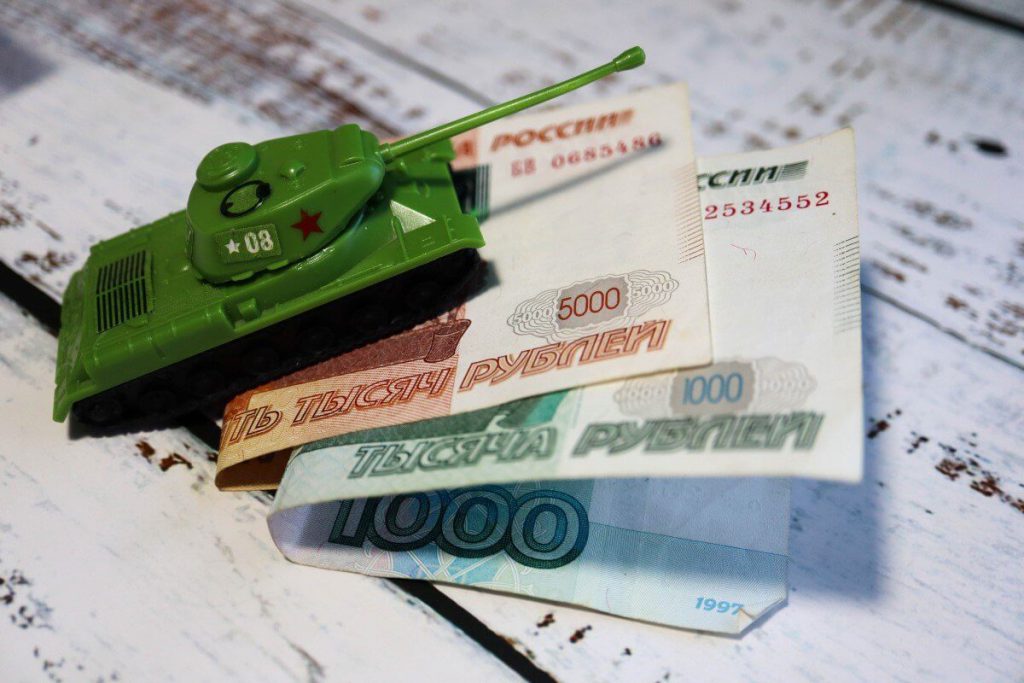
Euro hit high while USD fell. Why is the rouble rallying?
The Euro skyrocketed on Monday after the European Central Bank president stated that policymakers would likely lift interest rates out of the negative territory by September. On the other hand, the U.S. dollar extended its recent drop. A calmer mood in equity markets in European trading also pressured the greenback. As a result, it tumbled down sharply last week. The dollar has been the go-to currency for traders this year when risk assets plummeted, and concerns about the inflation and economy increased.
On Monday, the common currency was the big gainer. It jumped as much as 1.1% to $1.0687. Overall, the Euro has rallied by 3.3% since collapsing to a multi-year low of $1.0349 on May 13. According to ECB President Christine Lagarde, the bank will likely lift the eurozone deposit rate out of the negative territory by end-September. However, she added that the ECB could raise it further if it saw inflation stabilizing at 2%. The common currency’s surge came as the dollar dropped broadly, with a sell-off that began accelerating last week.
MUFG analyst Lee Hardman noted that he sees this as just a temporary correction in the dollar for now. He also added that if traders look at the main reasons why the greenback has been strengthening so much in recent months, they won’t think that the fundamental story has changed significantly over the past week. However, in the very short term, there is some risk that this correction lower could extend further. Hardman specifically pointed to a build-up in long USD positions in recent weeks that leaves the Forex market vulnerable.
The U.S. dollar index surged forward by about 16%, hitting a two-decade high of 105.01 over the 12 months to the middle of May. But it shaved off 0.8% on Monday to 102.15.
How is the Australian dollar trading?
The Aussie dollar initially had a muted reaction to the victory for the centre-left Labor Party in national elections at the weekend. It gained 1% to $0.7125 on Monday, though. At the same time, the Japanese yen soared to 127.47 yen per dollar.
The single currency added 0.3% against the Swiss franc to 1.0315 francs. It undid some of the franc’s gains since the Swiss National Bank chairman last week announced that policymakers were ready to act if inflation strengthened.
Meanwhile, sentiment around China boosted riskier currencies. Shanghai is edging out of lockdown at last. In addition, an unexpectedly big rate cut in China last week reassured market participants. Consequently, the yuan experienced its best week since late 2020 last week. It firmed to 6.6542 per greenback on Monday in offshore markets, hitting its strongest level since early May.
This week, geopolitics are in focus in Asia. U.S. President Joe Biden is touring the region. The dollar has rallied this year, but analysts priced in expectations for repeated Federal Reserve interest rate increases. Some of them say further USD gains may be tougher from here. Others think the macroeconomic backdrop points to more downside for the common currency, though.
Thomas Hempell, the head of macro & market research at Generali Investments, stated that the Ukraine war keeps fueling geopolitical uncertainties, along with recession risks, mainly in Europe. As lockdowns choke off growth in China and inflation surges globally, policy uncertainty keeps benefitting the anticyclical greenback.
On Monday, commodity-linked currencies gained. The Norwegian crown climbed up by 0.5% versus the Euro. The Canadian dollar also added a similar amount.
The Russian rouble rallied today. Why’s that?
The rouble strengthened by approximately 4% against the U.S. dollar and Euro on Monday. The currency headed back towards multi-year highs hit last week, supported by an upcoming month-end tax period and capital controls.
The rouble traded stronger by 4% against the dollar at 57.85 by 1050 GMT. It wasn’t far from 57.0750, its strongest point since late March 2018, hit on Friday. The currency had gained 4.4% to trade at 60.05 against the Euro, nearing its strongest level since June 2015 of 59.02, also reached on Friday.
Overall, the rouble has gained about 30% against the greenback this year despite a full-scale economic crisis in Russia. However, that strength is artificially supported by controls imposed in late February to shield the country’s financial sector after its decision to send troops into Ukraine resulted in unprecedented Western sanctions.


